Plitron 1000VA Transformer Evaluation

DarqueKnight
Posts: 6,765
Introduction
In my evaluation of the discontinued Avel Lindberg AV-047548 1000VA isolation transformer, I suggested one of Plitron's 1000VA shielded medical isolation transformers, model number 6166, as a substitute. Forum member thsmith purchased a Plitron 6166 and sent it to me for evaluation against the AL AV-047548. This transformer was evaluated for use in a custom AI-1 non-common ground amplifier interface.
In summary, the sound quality of the Plitron was between that of the A-L 800VA Y236906 and the A-L 1000VA AV-047528. The 1000VA A-L provided a wider and deeper sound stage, more image weight and more overall clarity and detail, particularly in the bass. The A-L is larger and has better build quality than the Plitron.
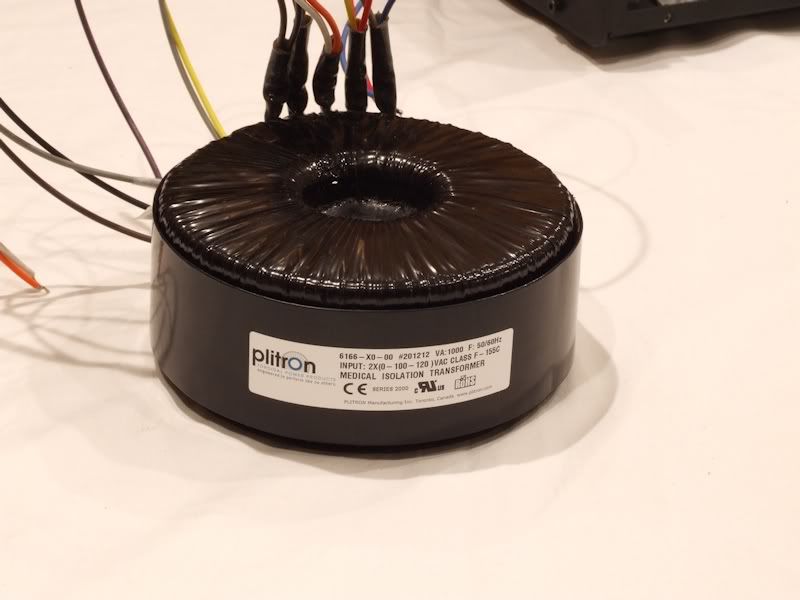
Figure 1. Plitron model number 6166-X0-00 1000VA medical isolation transformer.
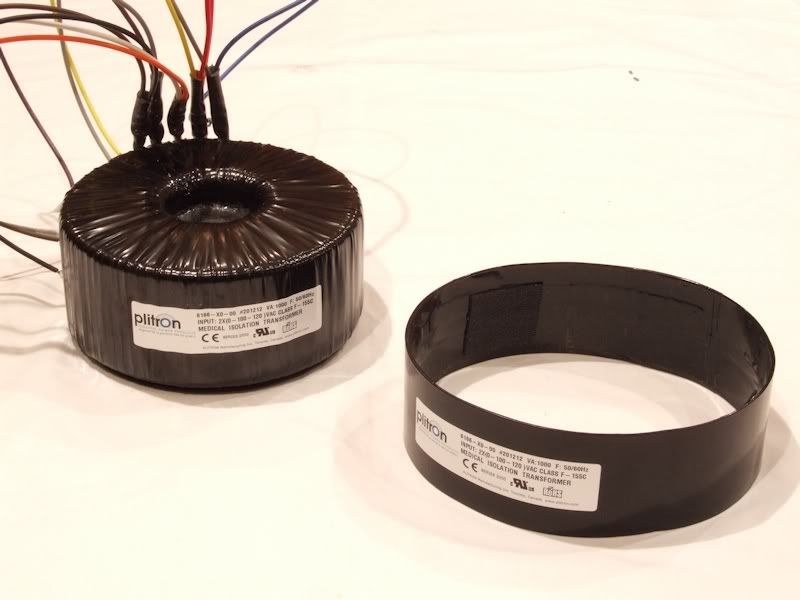
Figure 2. The Plitron transformer's metal shield is much thinner than the Avel Lindberg's and is not
permanently attached like the Avel Lindberg's.
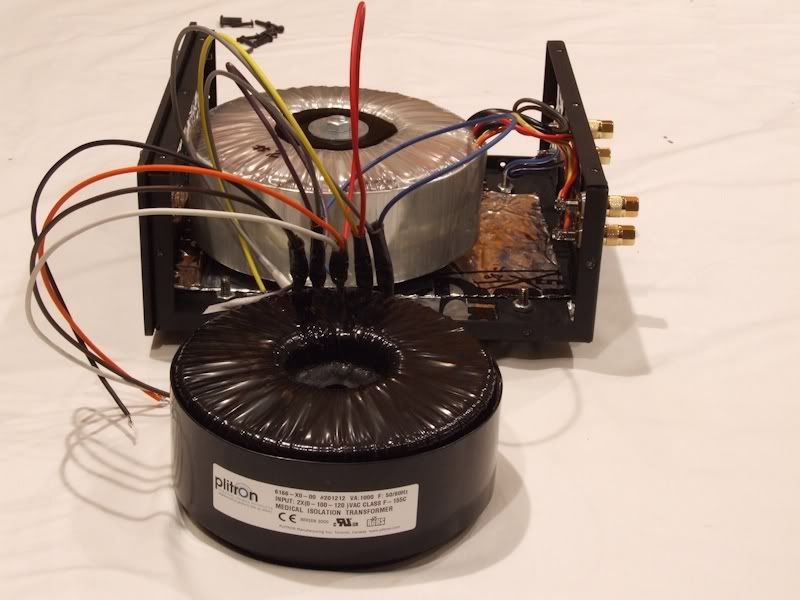
Figure 3. The A-L transformer is 23% larger, 16% heavier and has better construction quality than the
Plitron.
Burn In And Listening Evaluation
Similar to the AL 1000VA transformer, the Plitron displayed awful overall veiling, grainy midrange and highs and smeared bass. The sound stage was reduced two feet at the sides and front. Clarity and detail significantly improved after 24 hours of music play, but the sound stage constriction and lack of bass detail and articulation remained. Twenty-one hours of conditioning on the Audiodharma Cable Cooker removed the last of the bass smearing, but the bass was still not as articulate and detailed as with the AL transformer. The reduction in sound stage width and depth still remained.
Going back and forth between the Plitron and the Avel Lindberg transformers, the following differences were noted when the Plitron was in service:
1. Less of a sense of layering and front to back space between images.
2. Bass slam was gone completely.
3. Clean, articulate micro growls from electric and acoustic bass instruments were diminished.
4. Finger snaps were not as crisp and sharply defined.
5. Diminished airiness of high frequencies.
6. Less image weight.
7. Images at the sides of the sound stage moved inward two feet.
8. Images forward of the speaker plane moved back two feet.
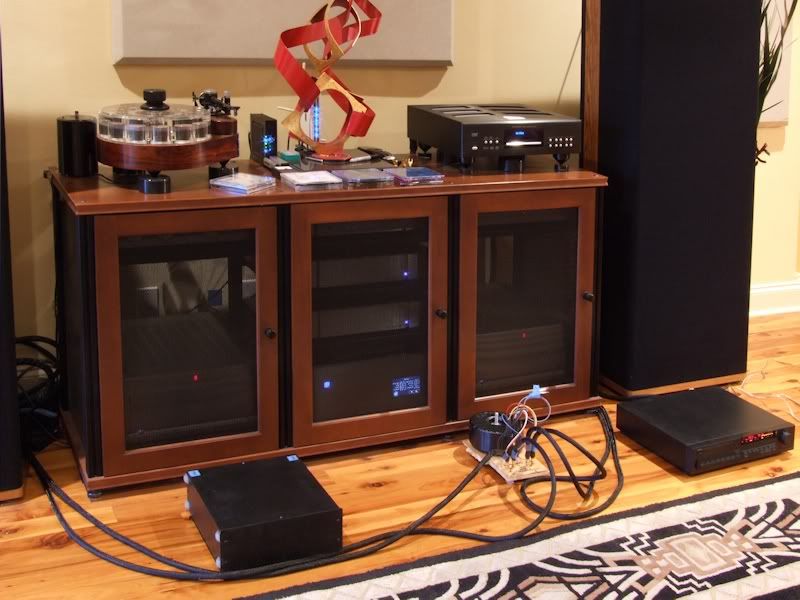
Figure 4. Initial burn in and listening evaluation setup. The tuner on the floor at the right was used to play
music overnight.
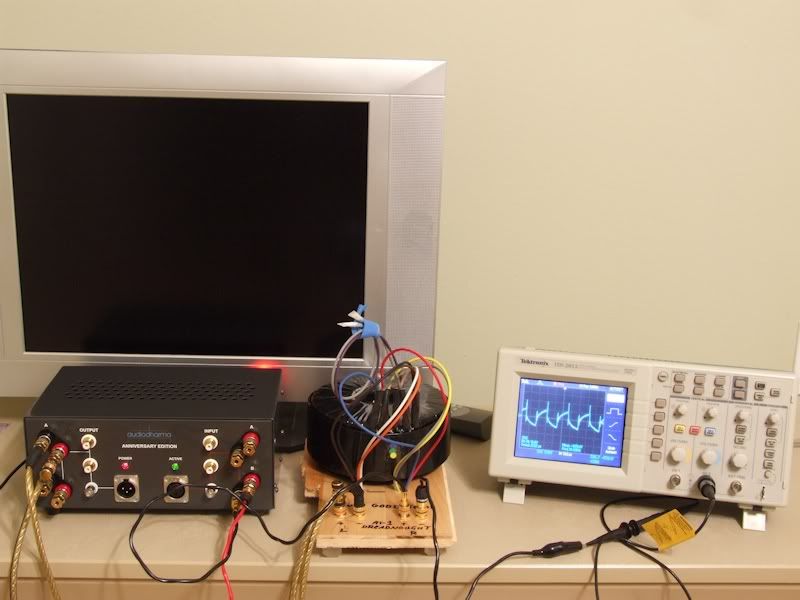
Figure 5. The Plitron transformer was burned in for 21 hours on the Audiodharma Cable Cooker.
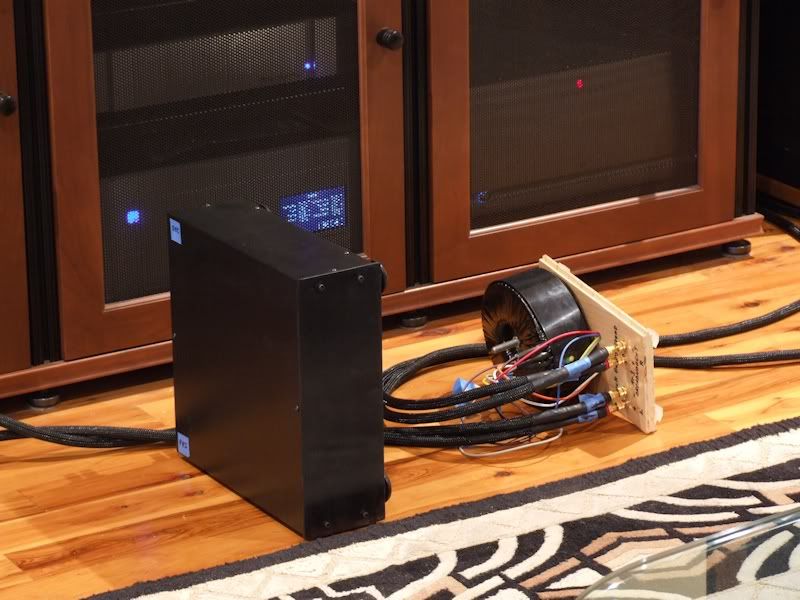
Figure 6. Both the Avel Lindberg and Plitron transformers sounded better when oriented vertically.
My AI-1 Dreadnought sits on its left side behind the right speaker. I would prefer it to rest on its feet, but there is not enough space between the speaker and the wall. When I brought the Dreadnought out front for comparative listening with the Plitron transformer, it was sat horizontally on its feet. There was a small lack of clarity and detail. Setting the Dreadnought on its side restored the sound to its prior quality. Up to then, I had not considered that orientation might affect the transformer's sound performance
Measurements

Figure 7. The measured room responses of the Plitron and AL transformers were nearly identical.
The following six figures show Fast Fourier Transform noise spectrum measurements of test signals at 100 Hz, 1 kHz and 10 kHz. It may be easier to see differences in the plots if they are saved to your computer and viewed in succession. At 100 Hz the Plitron had significant odd order harmonics (3rd, 5th, 7th). With the Avel Lindberg the second harmonic was dominant and harmonics after the third were suppressed (figures 8 and 9).
At 1 kHz, the Plitron's third harmonic was dominant and was accompanied by a slightly smaller second harmonic. The Avel Lindberg's harmonics were entirely suppressed at this frequency (figures 10 and 11).
At 10 kHz, the Plitron displayed less overall noise density and a slightly higher (by 1 dB) third harmonic (figures 12 and 13). The harmonic content shown in the FFT plots agrees with the harmonic distortion measurements taken with Dayton Audio's Omni Mic system (figures 14 and 15).
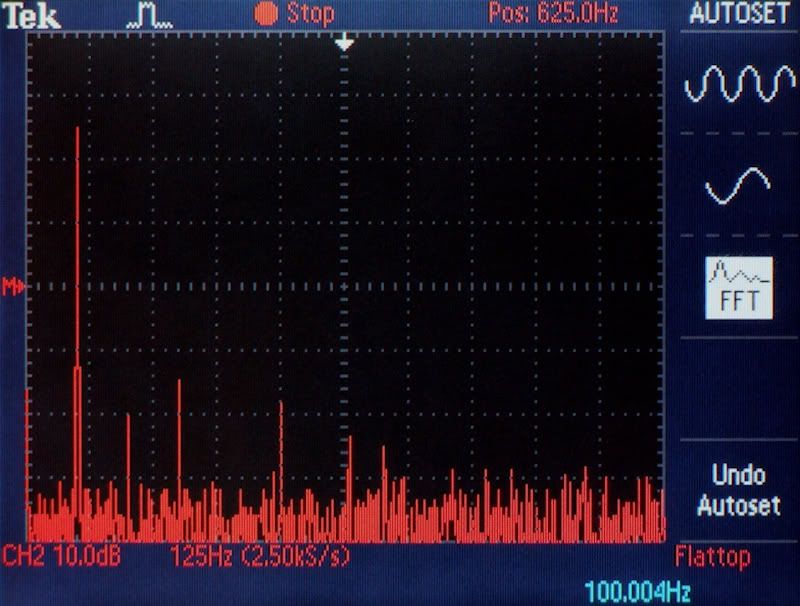
Figure 8. FFT plot of Plitron transformer with 100 Hz test signal.
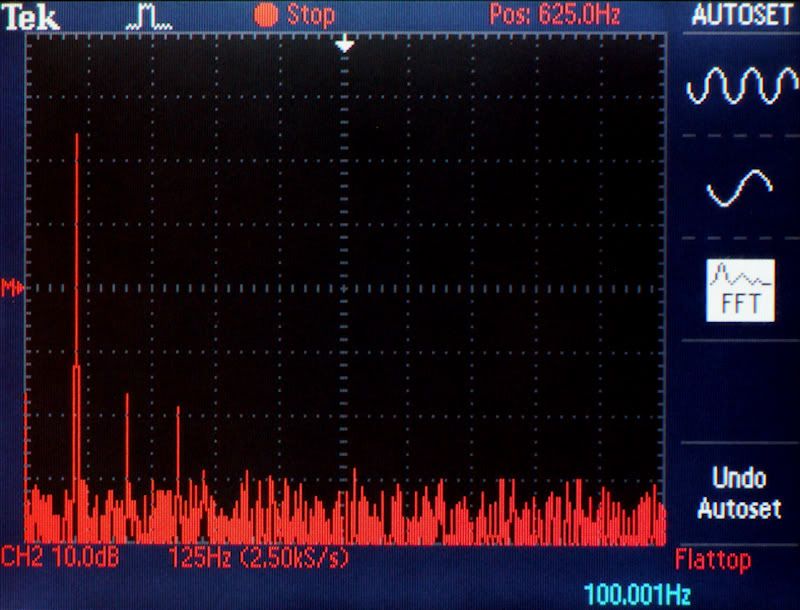
Figure 9. FFT plot of Avel Lindberg transformer with 100 Hz test signal.
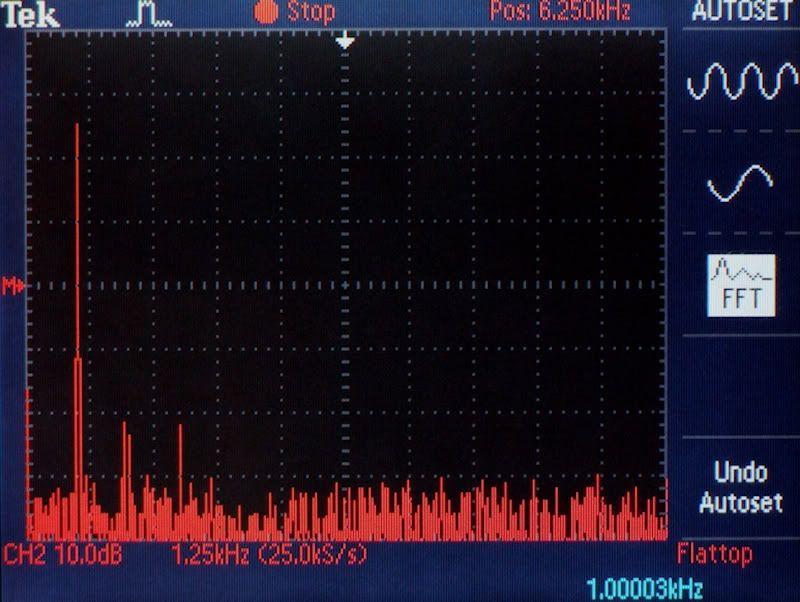
Figure 10. FFT plot of Plitron transformer with 1 kHz test signal.
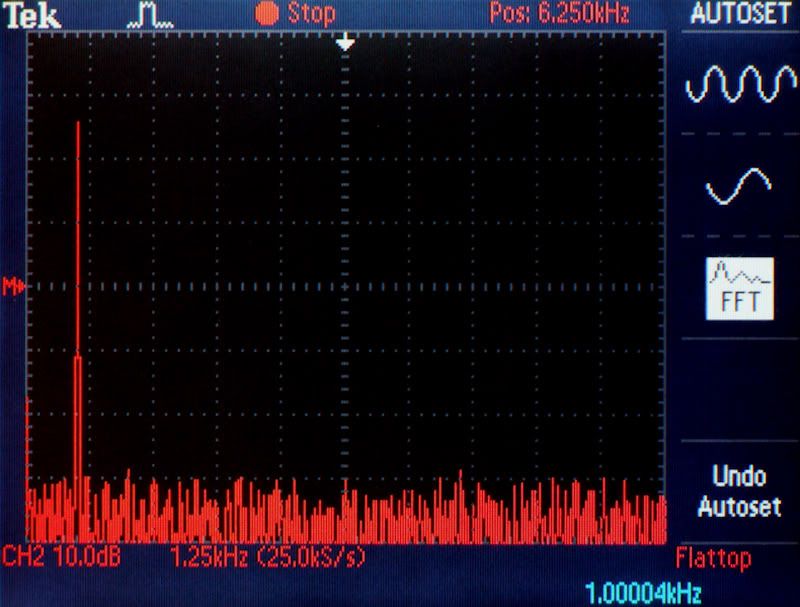
Figure 11. FFT plot of Avel Lindberg transformer with 1 kHz test signal.
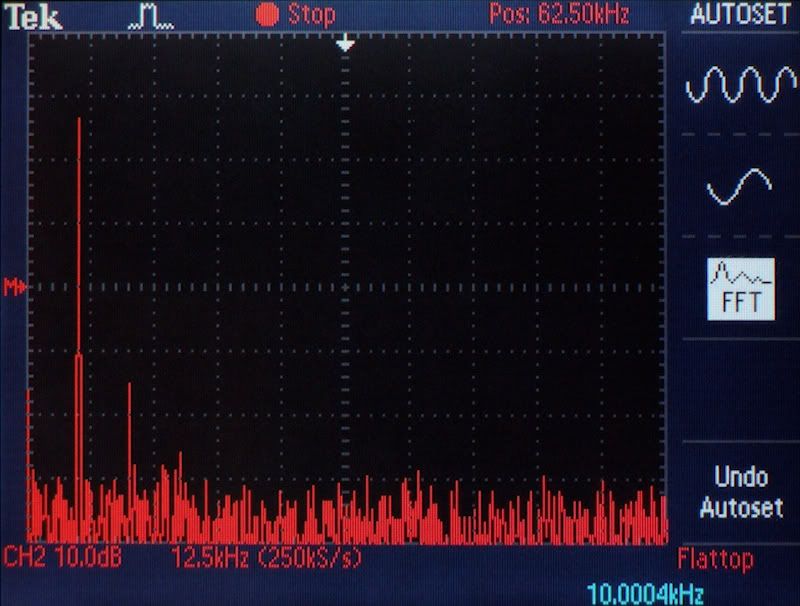
Figure 12. FFT plot of Plitron transformer with 10 kHz test signal.
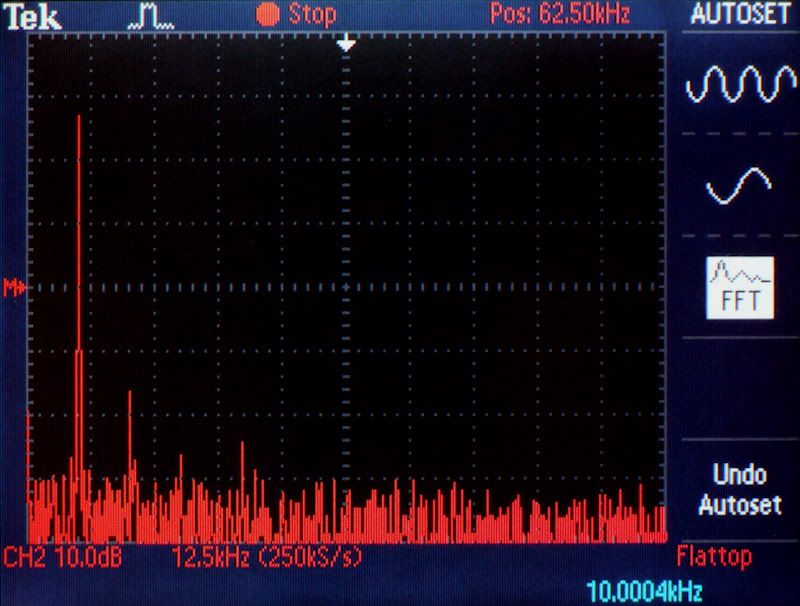
Figure 13. FFT plot of Avel Lindberg transformer with 10 kHz test signal.
The color coded lines in the harmonic distortion plots represent the following:
Black - frequency response.
Dark blue - sum of 2nd-5th harmonics.
Red - 2nd harmonic.
Purple - 3rd harmonic.
Green - 4th harmonic.
Light blue - 5th harmonic.
It is easier to see differences in the harmonic distortion plots if they are saved to your computer and viewed in succession.
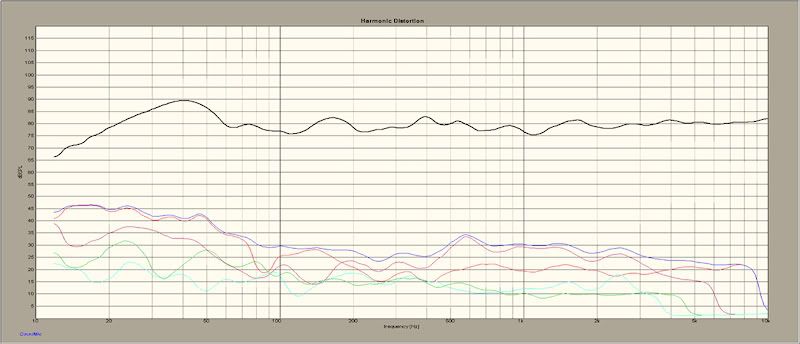
Figure 14. Harmonic distortion plot of Plitron transformer.
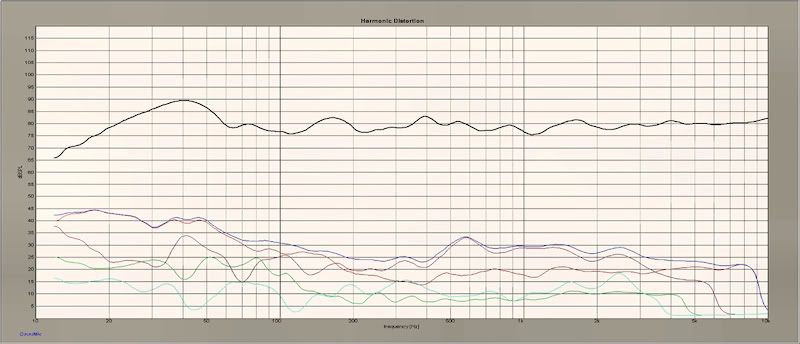
Figure 15. Harmonic distortion plot of Avel Lindberg transformer.
The bass decay plots show how long it takes the sound to decay at each frequency. The ideal situation is flat response which means that some bass notes do not last much longer than others. Significant differences in decay times can cause a decrease in bass definition. The overall shape of the bass response is very similar between the Plitron and the Avel Lindberg, but the Plitron has longer decay times.

Figure 16. Bass decay plot of Plitron transformer.

Figure 17. Bass decay plot of Avel Lindberg transformer.
Reference
The-AI-1-Dreadnought-Project-Pt.2-Upgrade-to-1000VA-Transformer
In my evaluation of the discontinued Avel Lindberg AV-047548 1000VA isolation transformer, I suggested one of Plitron's 1000VA shielded medical isolation transformers, model number 6166, as a substitute. Forum member thsmith purchased a Plitron 6166 and sent it to me for evaluation against the AL AV-047548. This transformer was evaluated for use in a custom AI-1 non-common ground amplifier interface.
In summary, the sound quality of the Plitron was between that of the A-L 800VA Y236906 and the A-L 1000VA AV-047528. The 1000VA A-L provided a wider and deeper sound stage, more image weight and more overall clarity and detail, particularly in the bass. The A-L is larger and has better build quality than the Plitron.

Figure 1. Plitron model number 6166-X0-00 1000VA medical isolation transformer.

Figure 2. The Plitron transformer's metal shield is much thinner than the Avel Lindberg's and is not
permanently attached like the Avel Lindberg's.

Figure 3. The A-L transformer is 23% larger, 16% heavier and has better construction quality than the
Plitron.
Burn In And Listening Evaluation
Similar to the AL 1000VA transformer, the Plitron displayed awful overall veiling, grainy midrange and highs and smeared bass. The sound stage was reduced two feet at the sides and front. Clarity and detail significantly improved after 24 hours of music play, but the sound stage constriction and lack of bass detail and articulation remained. Twenty-one hours of conditioning on the Audiodharma Cable Cooker removed the last of the bass smearing, but the bass was still not as articulate and detailed as with the AL transformer. The reduction in sound stage width and depth still remained.
Going back and forth between the Plitron and the Avel Lindberg transformers, the following differences were noted when the Plitron was in service:
1. Less of a sense of layering and front to back space between images.
2. Bass slam was gone completely.
3. Clean, articulate micro growls from electric and acoustic bass instruments were diminished.
4. Finger snaps were not as crisp and sharply defined.
5. Diminished airiness of high frequencies.
6. Less image weight.
7. Images at the sides of the sound stage moved inward two feet.
8. Images forward of the speaker plane moved back two feet.

Figure 4. Initial burn in and listening evaluation setup. The tuner on the floor at the right was used to play
music overnight.

Figure 5. The Plitron transformer was burned in for 21 hours on the Audiodharma Cable Cooker.

Figure 6. Both the Avel Lindberg and Plitron transformers sounded better when oriented vertically.
My AI-1 Dreadnought sits on its left side behind the right speaker. I would prefer it to rest on its feet, but there is not enough space between the speaker and the wall. When I brought the Dreadnought out front for comparative listening with the Plitron transformer, it was sat horizontally on its feet. There was a small lack of clarity and detail. Setting the Dreadnought on its side restored the sound to its prior quality. Up to then, I had not considered that orientation might affect the transformer's sound performance
Measurements
Table 1. Plitron 6166 Measured Specifications
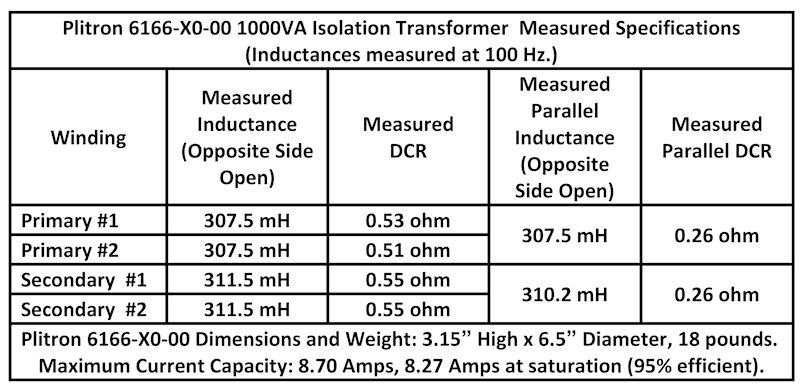
Table 2. Avel Lindberg AV-047548 Measured Specifications
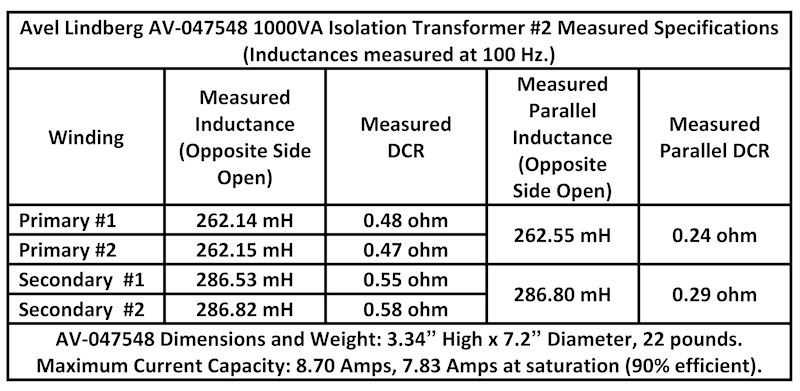

Table 2. Avel Lindberg AV-047548 Measured Specifications


Figure 7. The measured room responses of the Plitron and AL transformers were nearly identical.
The following six figures show Fast Fourier Transform noise spectrum measurements of test signals at 100 Hz, 1 kHz and 10 kHz. It may be easier to see differences in the plots if they are saved to your computer and viewed in succession. At 100 Hz the Plitron had significant odd order harmonics (3rd, 5th, 7th). With the Avel Lindberg the second harmonic was dominant and harmonics after the third were suppressed (figures 8 and 9).
At 1 kHz, the Plitron's third harmonic was dominant and was accompanied by a slightly smaller second harmonic. The Avel Lindberg's harmonics were entirely suppressed at this frequency (figures 10 and 11).
At 10 kHz, the Plitron displayed less overall noise density and a slightly higher (by 1 dB) third harmonic (figures 12 and 13). The harmonic content shown in the FFT plots agrees with the harmonic distortion measurements taken with Dayton Audio's Omni Mic system (figures 14 and 15).

Figure 8. FFT plot of Plitron transformer with 100 Hz test signal.

Figure 9. FFT plot of Avel Lindberg transformer with 100 Hz test signal.

Figure 10. FFT plot of Plitron transformer with 1 kHz test signal.

Figure 11. FFT plot of Avel Lindberg transformer with 1 kHz test signal.

Figure 12. FFT plot of Plitron transformer with 10 kHz test signal.

Figure 13. FFT plot of Avel Lindberg transformer with 10 kHz test signal.
The color coded lines in the harmonic distortion plots represent the following:
Black - frequency response.
Dark blue - sum of 2nd-5th harmonics.
Red - 2nd harmonic.
Purple - 3rd harmonic.
Green - 4th harmonic.
Light blue - 5th harmonic.
It is easier to see differences in the harmonic distortion plots if they are saved to your computer and viewed in succession.

Figure 14. Harmonic distortion plot of Plitron transformer.

Figure 15. Harmonic distortion plot of Avel Lindberg transformer.
The bass decay plots show how long it takes the sound to decay at each frequency. The ideal situation is flat response which means that some bass notes do not last much longer than others. Significant differences in decay times can cause a decrease in bass definition. The overall shape of the bass response is very similar between the Plitron and the Avel Lindberg, but the Plitron has longer decay times.

Figure 16. Bass decay plot of Plitron transformer.

Figure 17. Bass decay plot of Avel Lindberg transformer.
Reference
The-AI-1-Dreadnought-Project-Pt.2-Upgrade-to-1000VA-Transformer
Proud and loyal citizen of the Digital Domain and Solid State Country!
Post edited by DarqueKnight on
Comments
-
DarqueKnight wrote: »2. Bass slam was gone completely.
Completely Ray? From everything I have read of your evaluation write ups, I've not known you to write in hyperboles, but completely gone? I have some bass slam even with the 800VA transformer, so I am just trying to figure out if this is somewhat of an exaggeration Ray. This is not an attack on your write up Ray so please don't take it as such. Thank you for the write up and the comparison.
Greg
Taken from a recent Audioholics reply regarding "Club Polk" and Polk speakers:
"I'm yet to hear a Polk speaker that merits more than a sentence and 60 seconds discussion."
My response is: If you need 60 seconds to respond in one sentence, you probably should't be evaluating Polk speakers.....
"Green leaves reveal the heart spoken Khatru"- Jon Anderson
"Have A Little Faith! And Everything You'll Face, Will Jump From Out Right On Into Place! Yeah! Take A Little Time! And Everything You'll Find, Will Move From Gloom Right On Into Shine!"- Arthur Lee -
Thanks Ray !
I have the Plitron ready for putting in my system with my common ground Wright Tube amp.
I need to cut my KK 4TC in half and add banana plugs this weekend.
I read that the Plitron is better than the AL 800VA but not as good as the 1000VA.
If that is the case I am fine running the Plitron, would prefer the 1000VA but.....Speakers: SDA-1C (most all the goodies)
Preamp: Joule Electra LA-150 MKII SE
Amp: Wright WPA 50-50 EAT KT88s
Analog: Marantz TT-15S1 MBS Glider SL| Wright WPP100C Amperex BB 6er5 and 7316 & WPM-100 SUT
Digital: Mac mini 2.3GHz dual-core i5 8g RAM 1.5 TB HDD Music Server Amarra (memory play) - USB - W4S DAC 2
Cables: Mits S3 IC and Spk cables| PS Audio PCs -
Thanks Ray !
I have the Plitron ready for putting in my system with my common ground Wright Tube amp.
I need to cut my KK 4TC in half and add banana plugs this weekend.
I read that the Plitron is better than the AL 800VA but not as good as the 1000VA.
If that is the case I am fine running the Plitron, would prefer the 1000VA but.....
Let your ears be the judge..:cheesygrin: -
I have some bass slam even with the 800VA transformer, so I am just trying to figure out if this is somewhat of an exaggeration Ray.
No exaggeration. The "thunder" disappeared. There was an overall softening of bass with diminished detail and tactile sensation. The Plitron had a better midrange and high frequency presentation than the 800VA AL, but the 800VA AL had better bass and spatial presentation than the Plitron. The 1000VA AL was better in every respect than the 1000VA Plitron.I have the Plitron ready for putting in my system with my common ground Wright Tube amp.
I read that the Plitron is better than the AL 800VA but not as good as the 1000VA.
Let's qualify that and emphasize that these results were on one particular system heard with one set of ears. I don't recall whether you have the AL 800VA. If so, I hope you will share your insights between the two in your system.Let your ears be the judge..:cheesygrin:
As always, the best advice.Proud and loyal citizen of the Digital Domain and Solid State Country! -
No, I have just the Plitron to put in my system.
I am still on fence about adding it since my new preamp has about 60 hours and is still burning in.
I have the "-" KK 4TC cable ready to go but need to cut the "PIN" KK 4TC in half in order to integrate the Plitron.Speakers: SDA-1C (most all the goodies)
Preamp: Joule Electra LA-150 MKII SE
Amp: Wright WPA 50-50 EAT KT88s
Analog: Marantz TT-15S1 MBS Glider SL| Wright WPP100C Amperex BB 6er5 and 7316 & WPM-100 SUT
Digital: Mac mini 2.3GHz dual-core i5 8g RAM 1.5 TB HDD Music Server Amarra (memory play) - USB - W4S DAC 2
Cables: Mits S3 IC and Spk cables| PS Audio PCs -
DarqueKnight wrote: »No exaggeration. The "thunder" disappeared. There was an overall softening of bass with diminished detail and tactile sensation. The Plitron had a better midrange and high frequency presentation than the 800VA AL, but the 800VA AL had better bass and spatial presentation than the Plitron. The 1000VA AL was better in every respect than the 1000VA Plitron.
Interesting. I guess that may be the difference between an isolation transformer designed for use in audio (AV-047528) and an isolation transformer designed for use in a medical setting (Plitron 6166 ). Thanks Ray.
Greg
Taken from a recent Audioholics reply regarding "Club Polk" and Polk speakers:
"I'm yet to hear a Polk speaker that merits more than a sentence and 60 seconds discussion."
My response is: If you need 60 seconds to respond in one sentence, you probably should't be evaluating Polk speakers.....
"Green leaves reveal the heart spoken Khatru"- Jon Anderson
"Have A Little Faith! And Everything You'll Face, Will Jump From Out Right On Into Place! Yeah! Take A Little Time! And Everything You'll Find, Will Move From Gloom Right On Into Shine!"- Arthur Lee -
I am still on fence about adding it since my new preamp has about 60 hours and is still burning in.
I hope you can wait until the preamp is burned in. On the other hand, I know how it is when new toys have arrived.Proud and loyal citizen of the Digital Domain and Solid State Country! -
DarqueKnight wrote: »I hope you can wait until the preamp is burned in. On the other hand, I know how it is when new toys have arrived.
I think getting at least 150 hours on the preamp would be good. I have to cut my current IC to use the AI which means there is no going back, unless I do something wonky to temp splice the cable.
I will give to the weekend to decide.Speakers: SDA-1C (most all the goodies)
Preamp: Joule Electra LA-150 MKII SE
Amp: Wright WPA 50-50 EAT KT88s
Analog: Marantz TT-15S1 MBS Glider SL| Wright WPP100C Amperex BB 6er5 and 7316 & WPM-100 SUT
Digital: Mac mini 2.3GHz dual-core i5 8g RAM 1.5 TB HDD Music Server Amarra (memory play) - USB - W4S DAC 2
Cables: Mits S3 IC and Spk cables| PS Audio PCs


